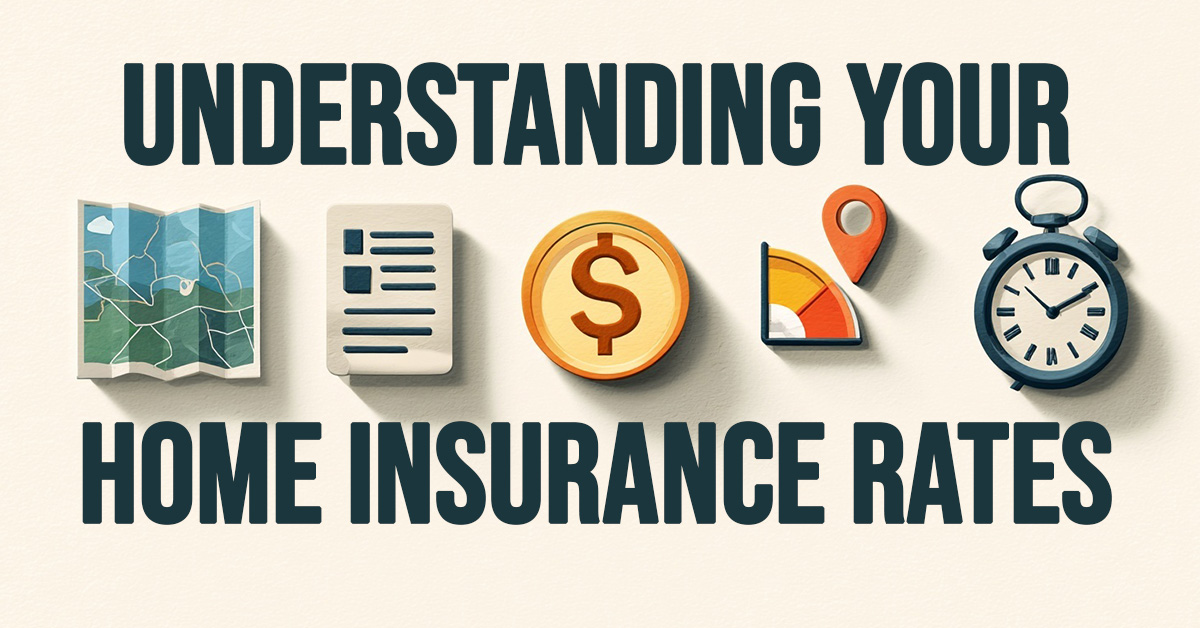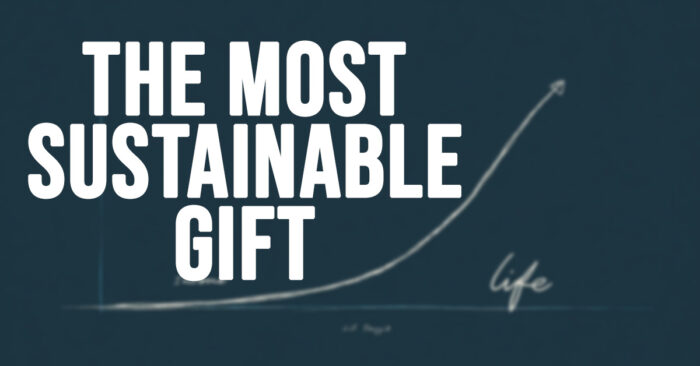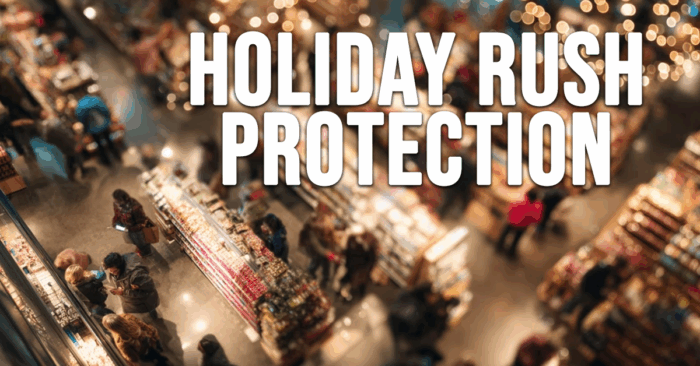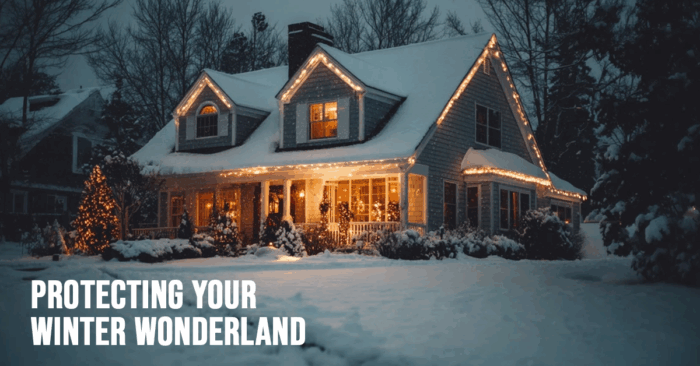Understanding Your Home Insurance Rates: 5 Key Factors

Understanding Your Home Insurance Rates: 5 Key Factors
If you’ve ever compared notes with a friend or family member, you might have wondered why their home insurance costs less than yours. The reality is that home insurance rates are not a one-size-fits-all calculation. They are determined by a variety of factors, and the weight an insurance company places on each can be different. Understanding these five key factors can help demystify your premium and empower you to make more informed decisions about your coverage.
First, property location is a major driver of your home insurance rates. This isn’t just about the city or neighborhood; it also includes the specific terrain and the property’s risk of natural disasters like wildfires, floods, or hurricanes. The proximity of the nearest fire department and even fire hydrants can also impact your rates, as a faster response time can mitigate a covered loss.
Second, the price, value, and replacement costs of your home play a large role. The higher the value of your home and the more it would cost to rebuild it in the event of a total loss, the higher your premiums will be. This value is determined by factors like the square footage, the quality of building materials, unique features, and amenities.
Third, your coverage limits directly impact your premium. Generally speaking, the higher your coverage limits—for the structure, the contents of your home, and your personal liability—the more your policy will cost. An independent insurance agent can be a great resource here, helping you determine a reasonable and sufficient amount of coverage for your specific situation.
Fourth, the deductible you choose plays a significant role. Your deductible is the amount of money you pay out-of-pocket for a covered loss before your insurance policy kicks in. The larger your deductible, the lower your premiums may be. This is because you are taking on a greater portion of the financial risk.
Finally, the age and condition of your home are important considerations. As building techniques and codes have improved over time, new homes are generally safer and cheaper to insure than older ones. Vintage homes may have outdated plumbing, old wiring, or roofs that are nearing the end of their lifespan, all of which present a higher risk of a claim. In some cases, an older property may even be uninsurable until basic improvements are made to bring it up to current standards.
While all insurance companies use these factors, they may place different emphasis on each, which is why it’s so important to compare policies when you shop for home insurance. Our independent insurance agents can assist you with this process. We can reach out to a network of companies to find the coverage and premium that you are comfortable with. Contact us today to get started on your free, no-obligation quote.
Do you have questions about your insurance? Find an insurance agent near you with our Agent Finder
Search All Blogs
Search All Blogs
Read More Blogs
Tinsel and Tropes: A Cozy Look at Why Classic Christmas Movie Moments Endure
From Zuzu’s petals to the leg lamp: Dive into the nostalgic tropes and timeless comfort of our favorite classic Christmas films.
The Silent Season: Securing Inventory and Operations During Christmas and Year-End Closures
Closing the shop for the holidays? Key business insurance checks for protecting vacant property and high-value inventory from theft and winter damage.
The Most Sustainable Gift: Life Insurance and the Value of Income Continuation Planning
Life insurance ensures the Christmas cheer continues. Practical tips on using income continuation math to calculate the right term policy size for your family.
From Home to Holiday: Securing Your Christmas Road Trip Auto Coverage Checklist
Heading over the river and through the woods? Your Christmas road trip needs an auto insurance checkup, focusing on roadside assistance and UIM coverage.
The Fire Under the Fir: Insuring Against Christmas Tree Calamity and Holiday Fire Risk
Don’t let a dried-out tree ruin Christmas. Essential home insurance tips for fire safety, electrical risk, and candle liability during the holiday season.
Cozying Up: Embracing the Danish Art of Hygge for a Stress-Free December
Banish the December chaos! A simple guide to adopting Hygge—the Danish concept of cozy contentment—for a truly joyful holiday season.
Tinsel, Traffic, and Transactions: Insuring Your Business Against December’s Holiday Rush Risks
Don’t let the holiday rush expose your business. A guide to essential commercial insurance coverages for increased sales, foot traffic, and cyber threats in December.
The Ultimate December Gift: Why Life Insurance is the Most Important Present You’ll Ever Give
Forget the gadgets; life insurance is the real gift of security. A timely look at protecting your family’s future during the season of giving.
Skids, Slush, and Safety: How Your Auto Insurance Navigates the December Driving Nightmare
Essential auto insurance checks and tips for safe, claim-free driving through December’s challenging winter weather and holiday traffic.
Snowed In, Safely Covered: A December Guide to Home Insurance and Winter Preparedness
Don’t let winter woes ruin your holiday cheer. Essential tips on home insurance coverage for snow, ice, and festive accidents.









